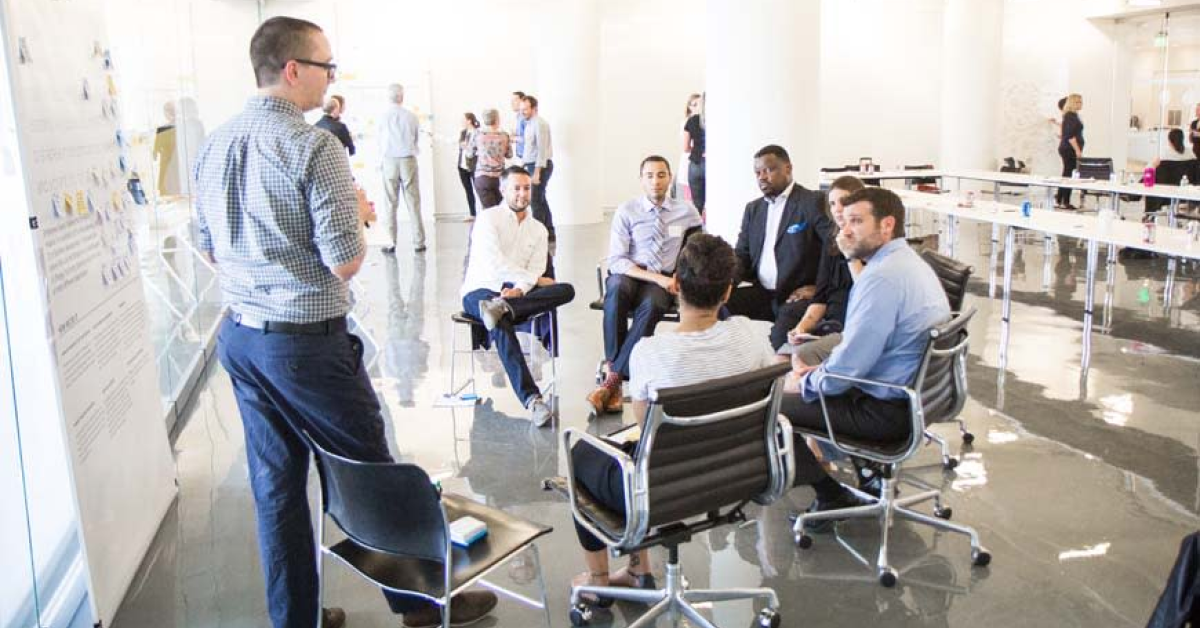Challenge
Boston Planning & Development Agency: Brand Strategy & Organizational Redesign

PROJECT
CLIENT
SERVICE
- Physical Experience
The BRA needed a new brand and help changing their organization. The rebranding effort and organizational reform were clearly two sides of the same coin, and we were thrilled to work on both.
With a new mayor for the first time in 20 years, the City of Boston sought to reform a storied city agency, the Boston Redevelopment Authority (BRA). After working with two consulting firms to improve operations, the BRA still needed help—and, in March 2016, put out a request for proposal to find it. They sought to establish an identity that reflected “the organizational reforms underway,” inspired “greater trust and confidence from the people serve[d],” introduced “new ways for the community to meaningfully engage in planning and development review processes,” and better explained “sensitive decisions to the public.” A serious, worthwhile, and complicated challenge.
Continuum won the RFP, and immediately got to work. From the beginning, we knew we had to design both with and for a diverse group including staff, members of the Mayor’s cabinet, and a heterogeneous collection of stakeholders, from citizen activists to those unaware that the BRA existed, to architects and developers, to neighborhood organizations and City Council members. The BRA needed a new brand and help changing their organization. The rebranding effort and organizational reform were clearly two sides of the same coin, and we were thrilled to work on both.
Research & Insights
Solution
We designed a brand and organizational transformation strategy focused on community and employee engagement. This included a new vision and mission, a detailed set of guidelines for organizational change, tools for employees to use in implementing the strategy, and engaging stakeholders in a new way. Our recommendations included four key pillars of change: Engage Communities, Implement New Solutions, Partner for Greater Impact, and Track Progress, each of which had an internal and external focus. A new name was also necessary. After serious deliberations, we suggested the Boston Planning & Development Agency, or BPDA, not merely to distance the agency from its BRA history, but to describe more accurately what it is and does. To accompany this, we developed a new brand identity—from logo, and brand guidelines through to a storytelling video, photography, and document templates.
Results
The BPDA was introduced by the Mayor at his annual Chamber of Commerce speech in 2016, and the organization has already begun implementing the designed brand and organizational strategy. Employees are leading distinct work streams to drive engagement in new ways, create new avenues to partner with the public, and communicate the agency’s impact across a variety of channels.
When employees present the BPDA’s work, they emphasize how it will help the community better “live, work, and connect.” More open and transparent, they now highlight not just square footage and cost, but how many new affordable housing units a building will add, how many construction jobs it will create and how it will enable sustainable transportation. The BPDA now offers public tours, in their own space, of their model of the City of Boston (1:40 inch scale), as well as walking tours of new major developments in planning process, such as the L Street Edison Power Plant.
The agency’s employees are using the tools we provided to create pilot programs across the organization. These cross-functional pilot teams are meeting regularly to find ways to serve the community better. Mayor Walsh recently presented innovation excellence awards to three employees for their web-based Property Management Solution project—a project which began before our involvement—which allows the BPDA to manage, in an effective and digital manner, its leases.
From our experience, we know that serious organizational change takes time, but it’s clear that the BPDA is building a new organization for the 21st century.





